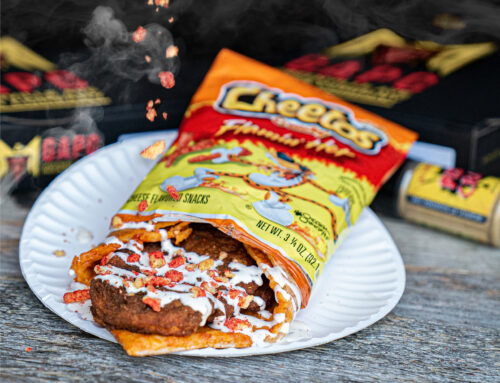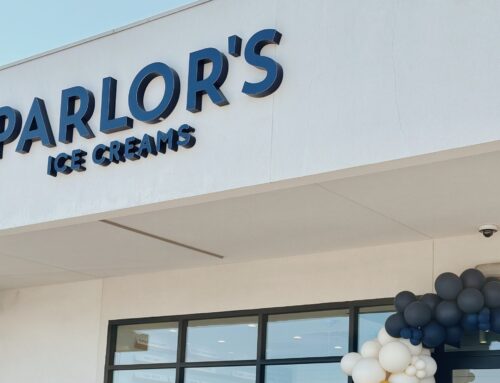When I wrote my rosé piece last year, I got a letter from a reader who wanted to know why I recommended a $10 wine. After all, he pointed out, there are plenty of more than adequate rosés for much less than that.
Which is true. Rosé – the pink wine that isn’t as sweet as white zinfandel but is still softer than most red and white wines (and which is made from red grapes) – is in its glory every summer for $10. Or even $8. Or, Bacchus willing, $5.
This is something that makes winemakers more than a bit crazy. There’s a movement among some rosé houses to upgrade the category by using better quality fruit. In fact, I tasted a bottle of $18 rosé recently, and it wasn’t bad. But it wasn’t worth $18.
So here, in honor of Advocate reader Bill Kennedy, are three even more inexpensive than usual rosés. Keep a couple of things in mind – serve these very well chilled, and make sure your wine store doesn’t try to slip in a bottle of last year’s vintage. Rosés aren’t made to last, and a 2001 or 2002 may well have turned to pink brandy.
- Big House Pink 2003 ($7). From the same folks who brought us Big House Red and Big House White (complete with screw top). A bit less dry than European rosés.
- La Palma Rosé 2003 ($7). A nifty Chilean bottle that is dry, yet retains some of the fruit from the merlot and cabernet sauvignon grapes that are used to make it.
- Thirsty Lizard White Shiraz 2003 ($5). Probably closer to a white zinfandel than a rosé, but how can you beat the price? Plus, it proves that the Australians understand, more than anyone else in the world, how to make inexpensive, drinkable wine.





